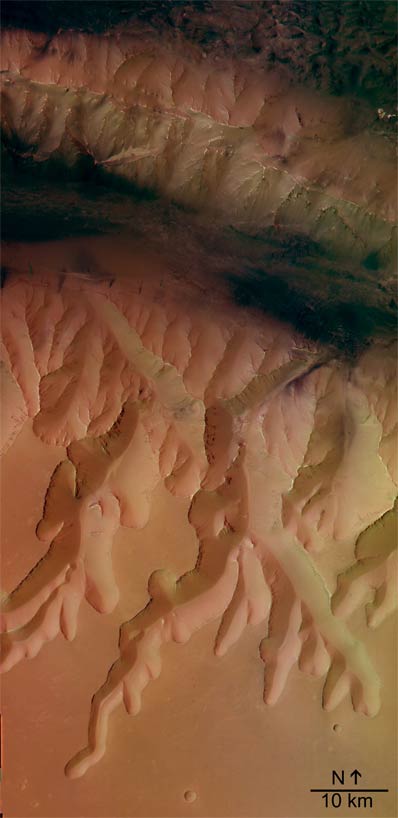
Spaceflight Now +

|

|

|

|

Premium video content for our Spaceflight Now Plus subscribers.

Mars rover briefing
 Officials discuss the extended missions for the Mars rovers and present the latest pictures at this briefing from Thursday, April 8. (34min 10sec file) Officials discuss the extended missions for the Mars rovers and present the latest pictures at this briefing from Thursday, April 8. (34min 10sec file)
 Play video Play video

Gravity Probe-B preview
 Scientists and mission officials preview the Gravity Probe-B project in this pre-flight news briefing from Friday, April 2. (62min 25sec file) Scientists and mission officials preview the Gravity Probe-B project in this pre-flight news briefing from Friday, April 2. (62min 25sec file)
 Play video Play video

NEW! X-43A in infrared
 This newly-released infrared video, captured by a U.S. Army aircraft tracking the launch, shows the X-43A research vehicle flying away from its Pegasus rocket booster. This newly-released infrared video, captured by a U.S. Army aircraft tracking the launch, shows the X-43A research vehicle flying away from its Pegasus rocket booster.
 Play video Play video

NEW! Aboard Pegasus
 A camera mounted on the Pegasus rocket booster shows the X-43A research vehicle separating to perform its scramjet experiment over the Pacific Ocean. A camera mounted on the Pegasus rocket booster shows the X-43A research vehicle separating to perform its scramjet experiment over the Pacific Ocean.
 Play video Play video
 More clips More clips

This date in history
 On April 5, 1991, space shuttle Atlantis lifted off from Kennedy Space Center carrying the Compton Gamma Ray Observatory -- NASA's second Great Observatory. (3min 15sec file) On April 5, 1991, space shuttle Atlantis lifted off from Kennedy Space Center carrying the Compton Gamma Ray Observatory -- NASA's second Great Observatory. (3min 15sec file)
 Play video Play video

 Become a subscriber Become a subscriber
 More video More video

|

|

|

|

|

|

Mars Express snaps stunning view of Louros Valles
EUROPEAN SPACE AGENCY NEWS RELEASE
Posted: April 10, 2004

Credits: ESA/DLR/FU (G. Neukum)
Download larger verison here
|
These latest images show a system of sapping channels, called Louros Valles (named in 1982 after river in Greece), south of the Ius Chasma canyon which runs east to west.
These images were taken by the High Resolution Stereo Camera (HRSC) on board ESA's Mars Express during orbit 97 from an altitude of 269 kilometres. The images have a resolution of about 13 metres per pixel and are centred at 278.8° East and 8.3° South. The colour image has been created from the nadir and three colour channels. North is at the right.
The Ius Chasma belongs to the giant Valles Marineris canyon system on Mars. The Geryon Montes, visible at the right of this image, is a mountain range which divides the Ius Chasma into two parallel trenches. The dark deposits at the bottom of the Ius Chasma are possibly related to water and wind erosion.
'Sapping' is erosion by water that emerges from the ground as a spring or seeps from between layers of rock in a wall of a cliff, crater or other type of depression. The channel forms from water and debris running down the slope from the seepage area.
This is known from similar features on Earth, but on Mars it is thought that most of the water had probably either evaporated or frozen by the time it reached the bottom of the slope.

3D view. Credits: ESA/DLR/FU (G. Neukum)
Download larger verison here
|
The 3D image has been created from the nadir (vertical view) channel and one stereo channel of the camera. North is again on the right. This image requires stereoscopic glasses to view.
|

|

|

|



|



